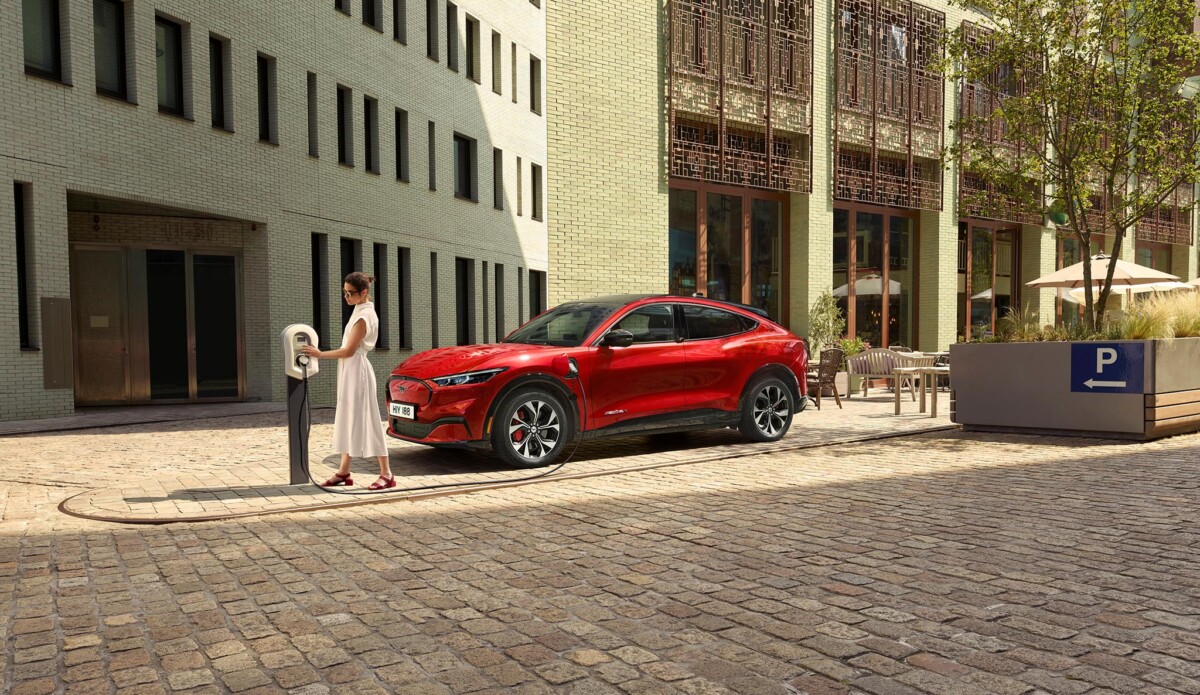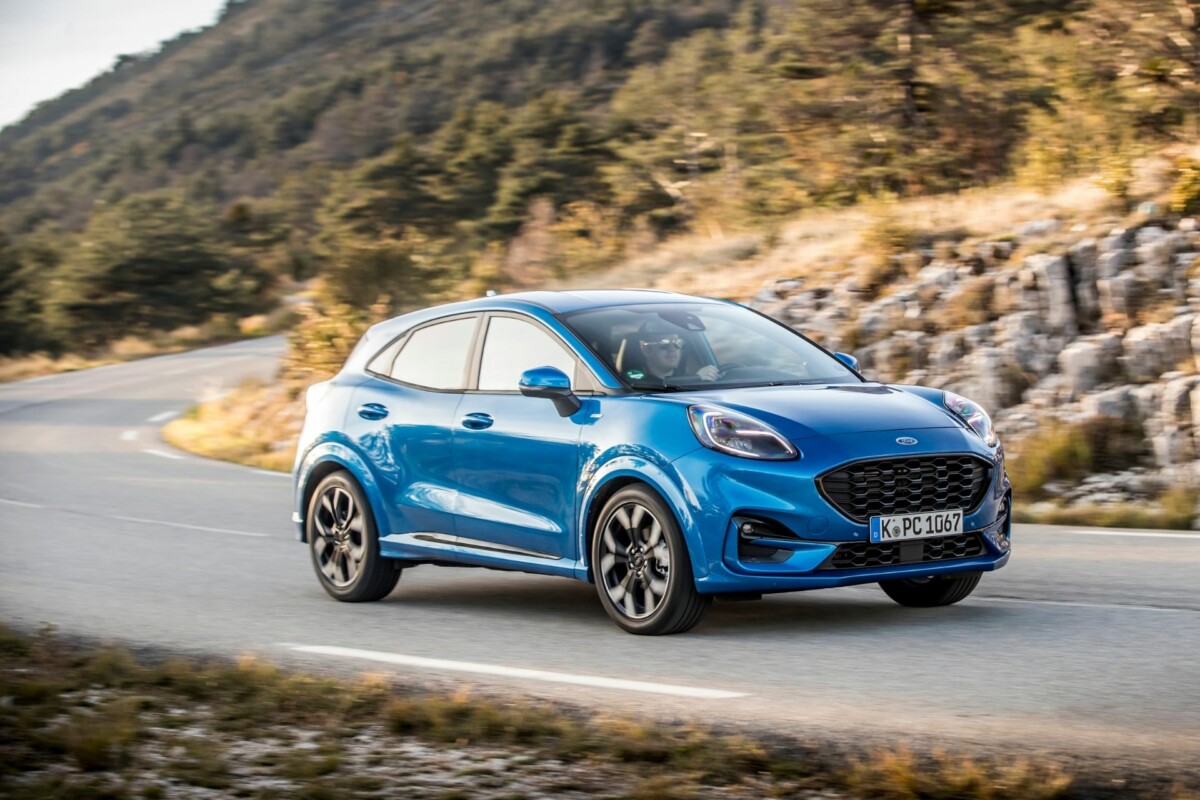Ford took advantage of the presentation of its results to make several announcements regarding its future. The firm has confirmed its desire to use less expensive, cobalt-free LFP batteries in its electric cars, in order to lower their price without losing their range. Above all, Ford does not want large batteries, like Renault, and explains why.
Until then, Ford announced that it did not want to lower the prices of its electric cars. But Tesla’s recent price cut and increased sales have undoubtedly given the American brand pause, which seems to have revised its plans in recent months.
Cheaper batteries
Last February, the manufacturer with the blue oval indeed announced its desire to install LFP (lithium – iron – phosphate) batteries on its Mustang Mach-E. A strategy also adopted by the Stellantis group, because this technology is much less expensive than NCM (nickel – cobalt – manganese) packs. An idea quickly materialized, since the SUV is now available in a version equipped with these accumulators.
What greatly reduce its price and allow it to better compete with the Tesla Model Y, the 3rd best-selling car in the world last year. The manufacturer also took advantage of the announcement of its results to confirm that this LFP technology would also be used on its future large SUVmentioned for the first time and scheduled for 2024.

As the site explains The Vergethe latter will be inspired by the Expedition and should use a 100 kWh battery providing a range of 350 miles, or about 563 kilometers. This will be an LFP technology, which usually offers less density compared to NMC packs. It remains to be seen how the manufacturer will do to optimize it.
Because LFP chemistry has many advantages, such as lower cost and better durability. In addition, this type of accumulator is generally faster to charge. An important point, because if most motorists want a great autonomy, this requirement is no longer justified thanks to the rise of very fast charging.
A real advantage
Moreover, who says great autonomy normally says large battery. However, this strategy does not only have advantages. Because a large pack is also heavier, which affects consumption, and therefore the autonomy which is directly impacted. It’s a bit like the snake biting its own tail. A problem on which the CEO of Ford, Jim Farley puts his finger once again, as explained in another article by The Verge.
On top of all this, large batteries are harmful to the environment and require more lithium. Hence the interest of opting for smaller packs as Ford and Renault want to do. The boss of the American firm explains that ” if you have this kind of [grande] battery, you don’t make money“.

So many reasons that explain why the manufacturer sees small packs as the best solution for reduce costs and car prices. This is what he intends to do with his electric Puma planned for 2025, which should take over the battery of the new e-Tourneo Courier. If the capacity has not been advertised, it should be displayed as 55 kWh. A way also to reduce its overall expenses. Renault also wants to focus on reasonably sized batteries for its electric cars.
Indeed, the manufacturer expects to lose around 3 billion dollars this year because of its investments in favor of electricity. However, it should quickly return to profitability, starting next year. A strategy also welcomed by Elon Musk, although it is contrary to that of Tesla.
The Watt Else newsletter is THE unmissable Numerama event dedicated to the mobility of the future. Register here!
